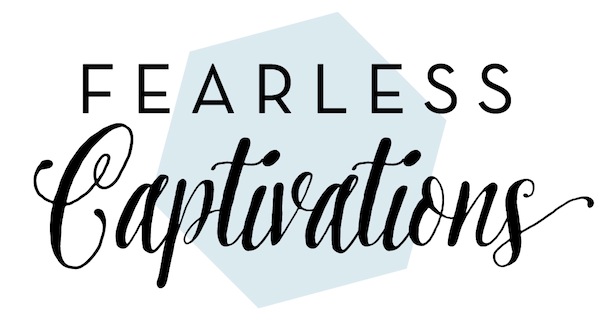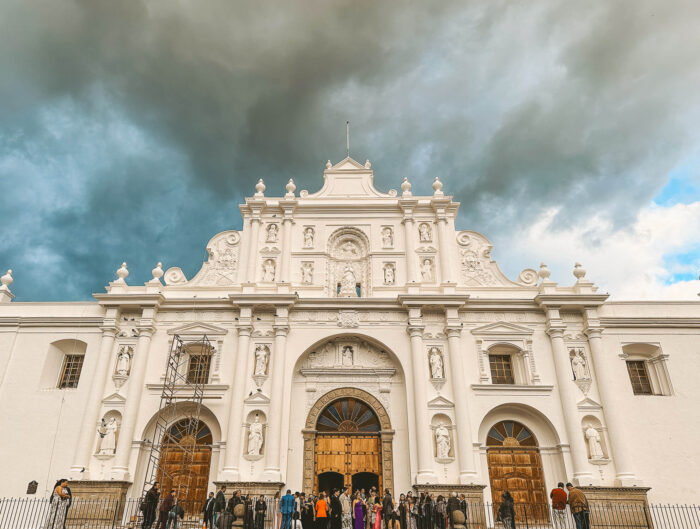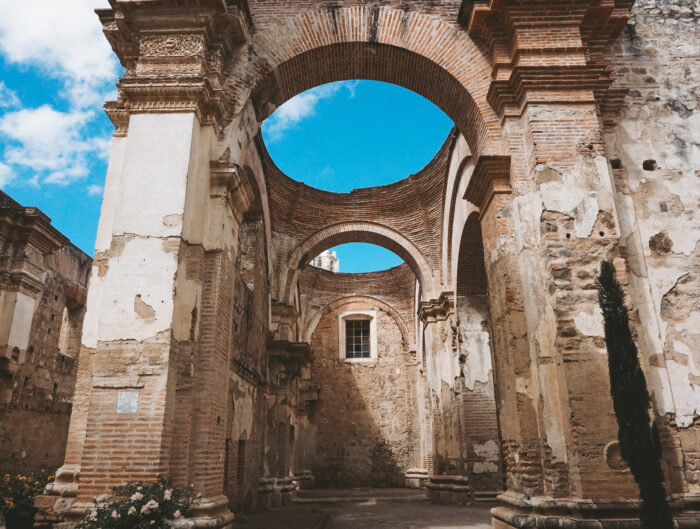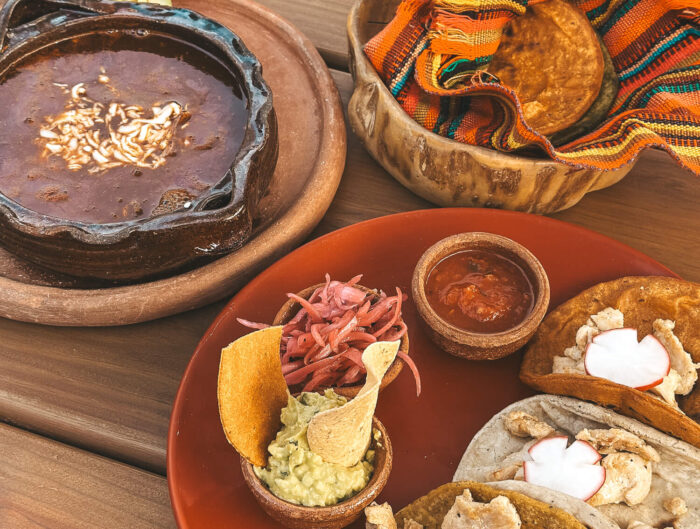I knew the Mauna Kea Summit was something we had to do when we visited Hawaii, but I didn’t fully understand why until we did it. Being above the clouds at sunset, learning about the history and tradition of the mountain, and seeing the vast number of stars was an incredible and unforgettable experience!
This post will go into more detail to prepare you for the trip.
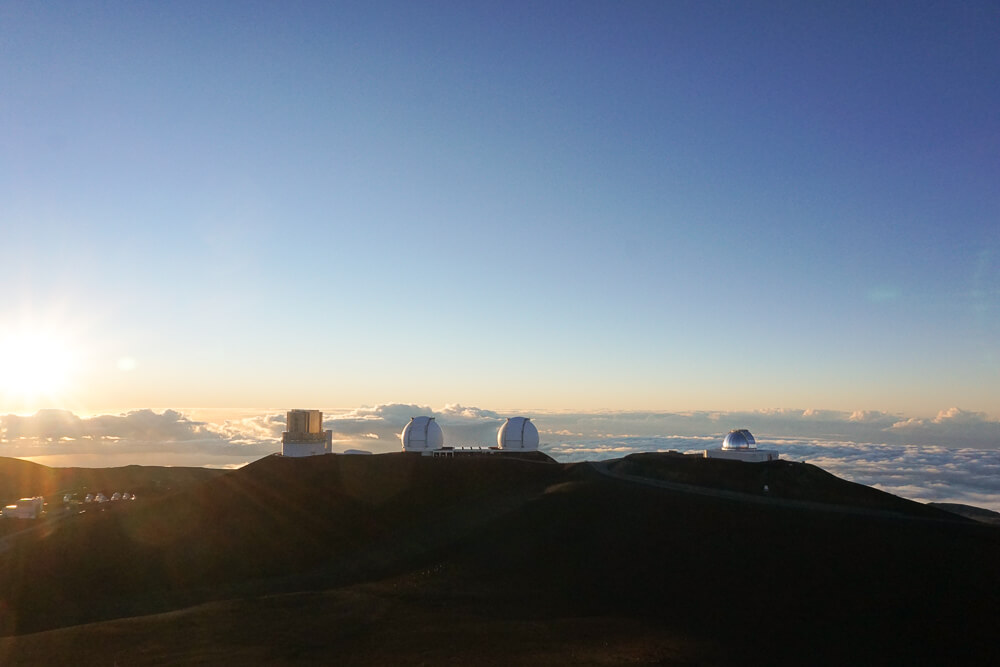
Why Visit Mauna Kea?
Hawaii’s Big Island is geographically one of the best places to stargaze. The weather is dry and moderate, the elevation is high above the clouds, and the volcano is less likely to erupt than other places on the island. Because of these reasons, organizations have established telescopes at the summit and Mauna Kea has some of the world’s best observatories. It currently has 13 observatories.


It’s hard to find anywhere else in the world where you can experience this incredible stargazing and sunset. Below I share information about a proposed telescope that might stop you from visiting. Visiting Mauna Kea would not mean you’re supporting the telescope and I think your experience will give you a deeper understanding of why the mountain is so sacred.
As always (and especially here), be respectful during your visit. Follow the rules and guidelines. Don’t litter.
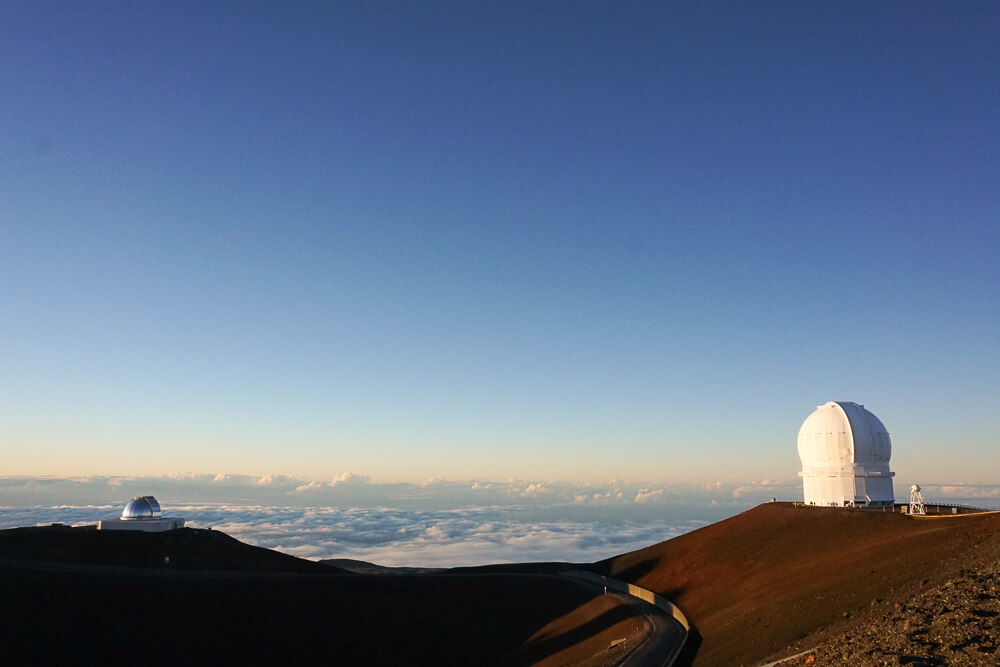
What and Where is Mauna Kea?
Mauna Kea is a dormant volcano (the last eruption was 4,600 years ago), the highest island peak in the U.S., and the second-highest island peak in the world. The peak is 4,207.3 m / 13,803 ft above sea level. It is also one of the five volcanoes on the Big Island of Hawaii.
Mauna Kea is located in the central part of the Big Island. You’ll likely stay in Kona, Hilo, or Waimea while visiting Hawaii, so here’s how long the drive to Mauna Kea would take for you:
- Kona: 1 hour and 15 minutes
- Hilo: 45 minutes
- Waimea: 1 hour and 25 minutes
You’ll be able to go from sea level to 14,000 feet in about two hours! Because of the altitude, it is advised that pregnant women, people in poor health, and children under 13 years old not make the trip to the summit.
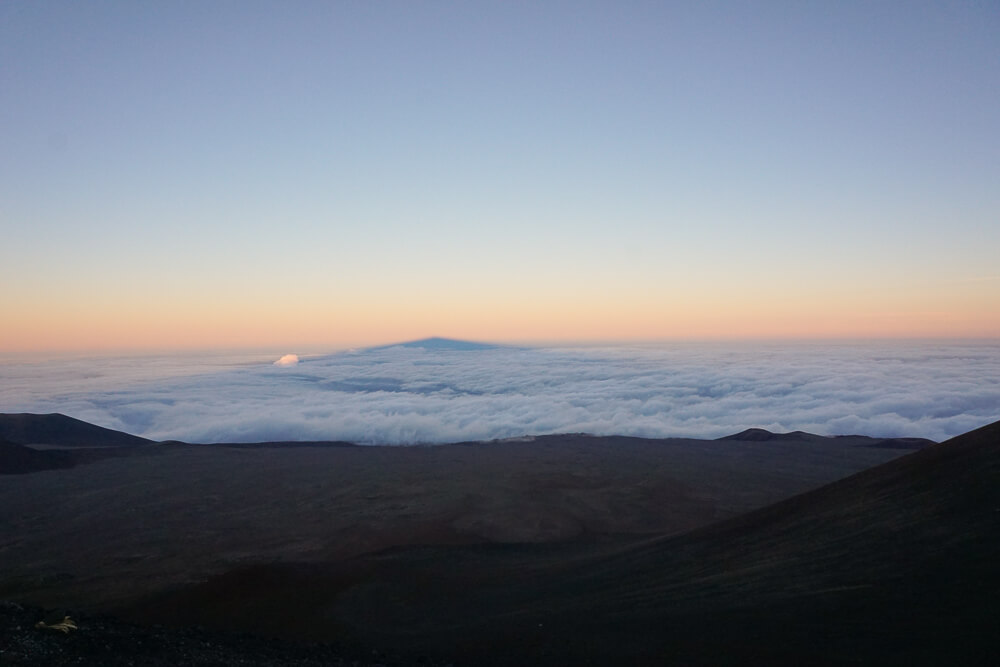
Why Is Mauna Kea Sacred?
Understanding the history and significance of Mauna Kea is an important part of your visit. The mountain is sacred to Hawaiians because it is regarded as a home to gods and a place of cultural and religious traditions, such as burials. This article by Honolulu Magazine gives more details.
Locals say the state has failed to protect this sacred mountain by allowing an excess number of telescopes to be built. Look further back and you’ll see that the U.S. government seized native lands when Hawaii became a state.
On the other side is science. In July 2019, protesters stopped the beginning of construction of a 14th telescope, the Thirty Meter Telescope (TMT), which would take up five acres. Protesters gathered and lived in a tent city for months and elders chained themselves to the cattle guard on the road up the summit. They dispersed in 2020 as the pandemic began.
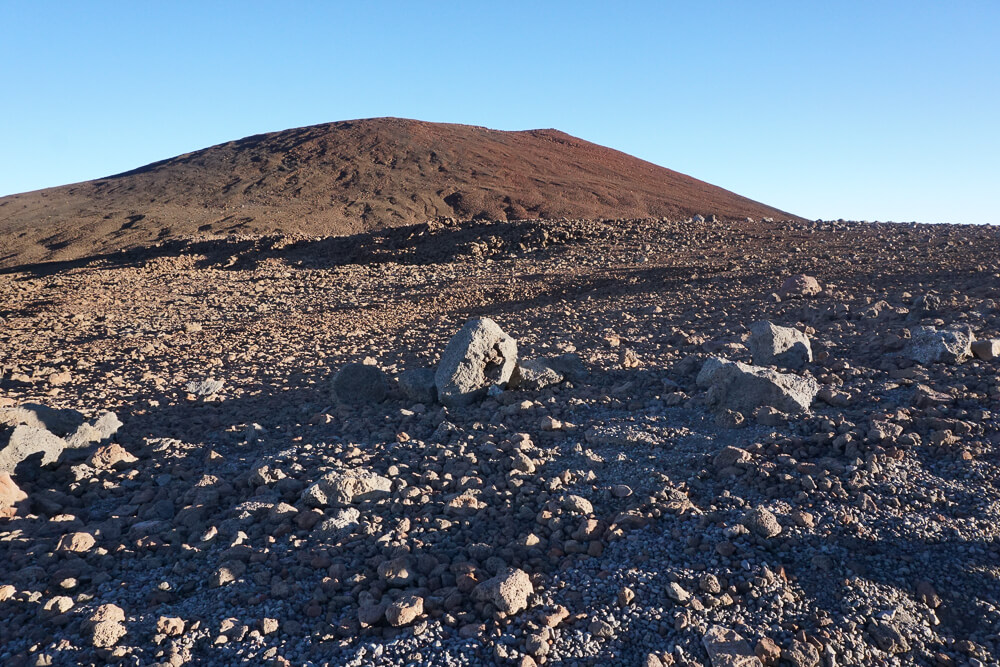
Some partner organizations have pulled out of the TMT Hawaii project. If locals don’t want them there, it could be a long and perhaps unethical battle. For now, the project is on hold in Hawaii, though they still plan to move forward. TMT’s alternative site, the Canary Islands in Spain, is no longer an option as the land agreement was revoked in 2021. Meanwhile, two telescopes currently on Mauna Kea have been decommissioned and will be taken down. (Perhaps those organizations want to make nice as the TMT conversation continues?) The hope is the land will return to its natural state.
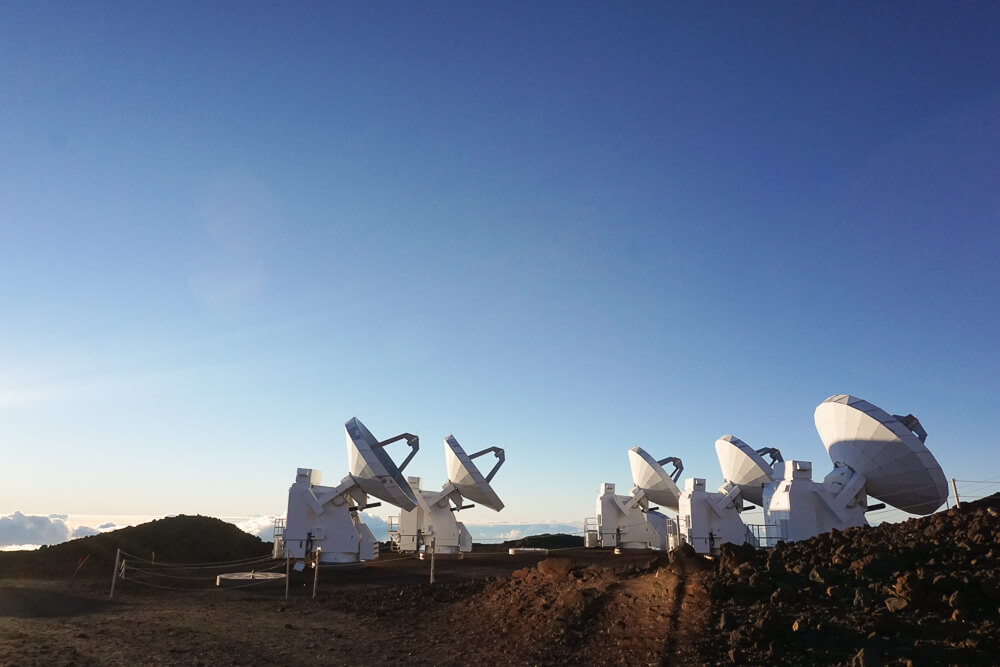
This telescope would make big discoveries about space and would be a giant step for science. (You can read about the telescope here.) But those discoveries would be at the expense of destroying more of Hawaiian land and culture.
(Pictured below is a trail at the summit. It is advised that tourists do not hike this trail because it is a special place for Hawaiians.)
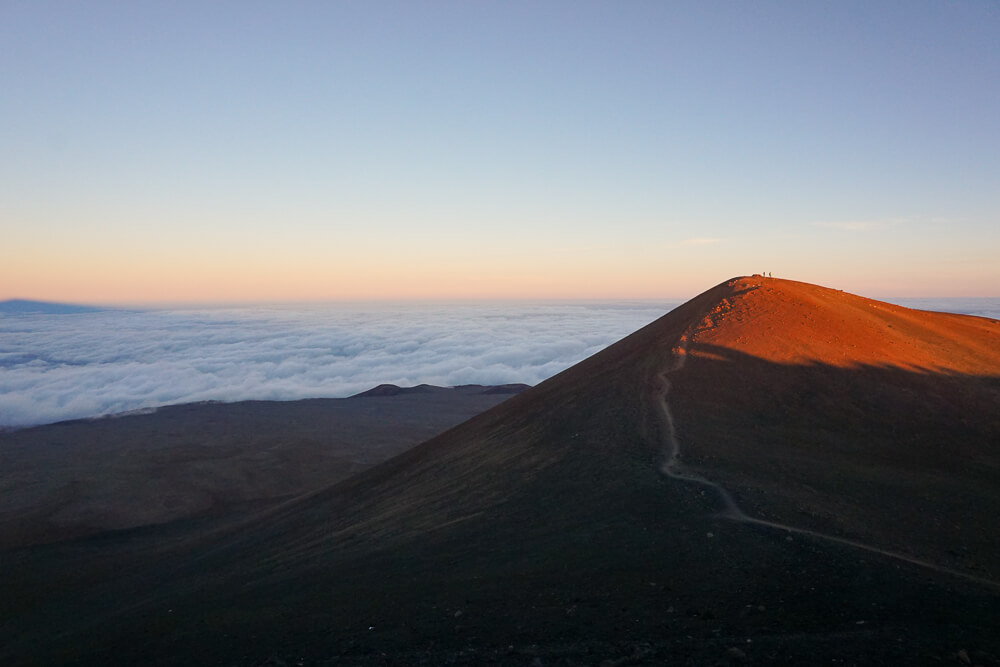
When to Visit Mauna Kea
On the calendar, the best time to visit Mauna Kea is when there is a new moon (no moon). The darkness will help you see more stars. You could also plan around celestial events such as eclipses, meteor showers, etc.
Also, consider the weather. In the winter months, the temperature will be much colder at the summit, so you’ll want to bring more warm layers. When we visited in September, the summit temperature was about 37 degrees Fahrenheit and windy. Brrr!
For the time, people typically visit for sunset so that you can also do some stargazing. You’ll need two hours after you arrive to make the summit and you’ll want to plan around the time of sunset. If you’re driving, it’s recommended that you descend shortly after sunset.
If you’re scuba diving during your trip, you should not summit within 24 hours after your dive.
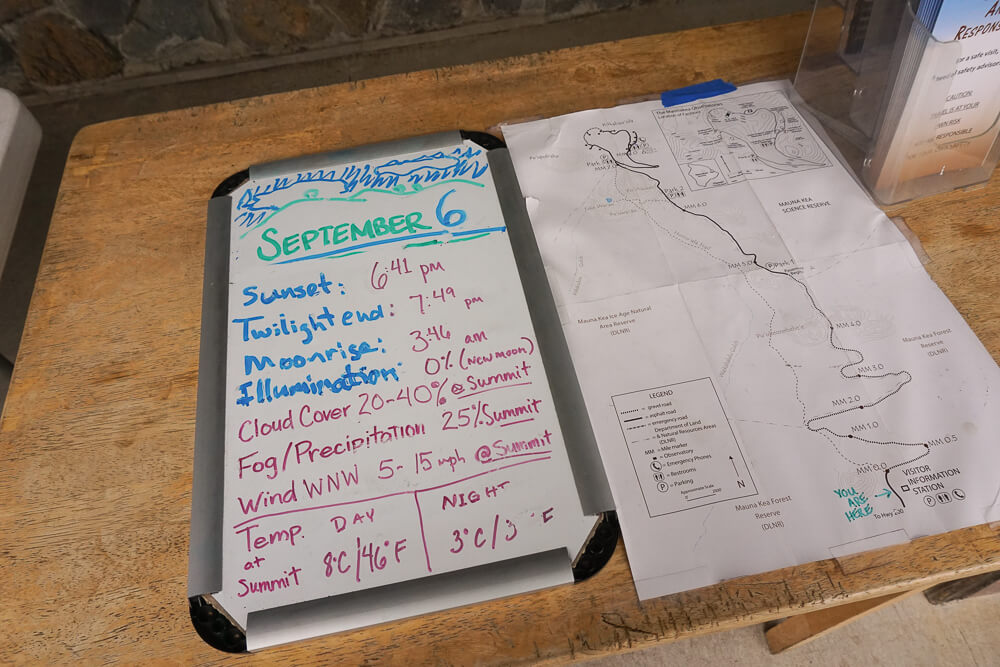
Getting to the Mauna Kea Summit
To visit the Mauna Kea Summit, you can drive your own car or join a tour. The drive from Kona takes about an hour and 15 minutes. The drive from Hilo takes about 45 minutes.
Be warned that the summit road is unpaved, steep, and very rocky, so you’ll need a 4-wheel drive vehicle and the knowledge of how to drive the vehicle to drive up and down safely. (They will stop and confirm with you at the visitors center.) You’ll be driving down in darkness (only your headlights), so be confident in your ability to make the trip. Rental car companies may have specific policies about driving the summit, so you’ll need to check when renting your car.
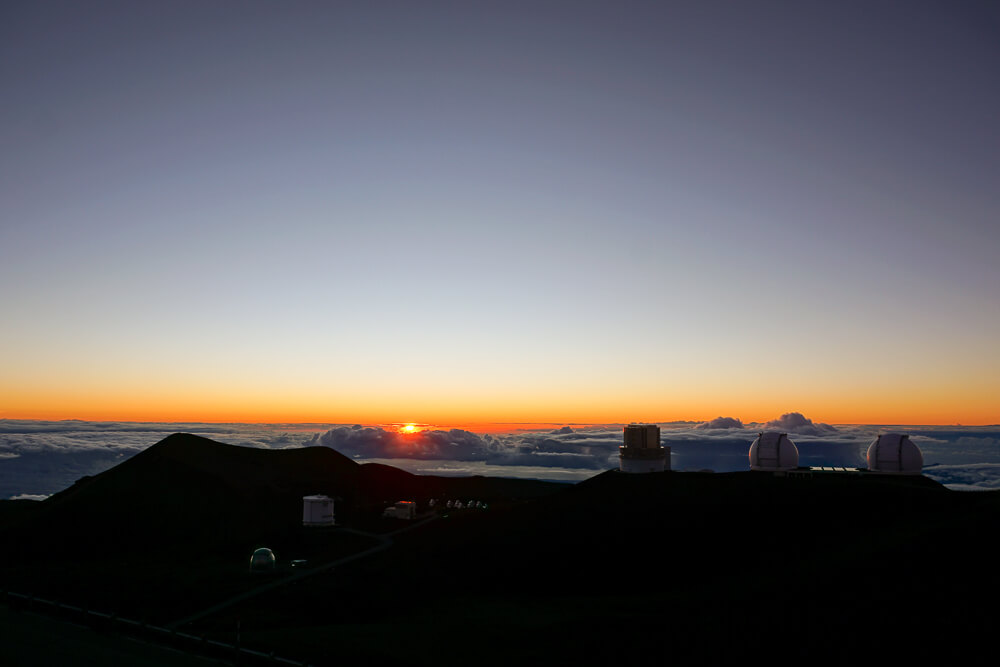
Reserve about two hours to get to the summit once you arrive at the entrance.
- From the entrance of the park off Saddle Road / State Route 200, it’ll take about 15 minutes to drive to the visitors center.
- It is recommended that you stay at the visitors center for about an hour to acclimate to the elevation.
- Getting to the summit from the visitors center will take about 30 minutes, depending on the traffic. Many vehicles are driving slowly up around the same time.
- Get to the summit about 15-30 minutes before sunset to make sure you’re in place.
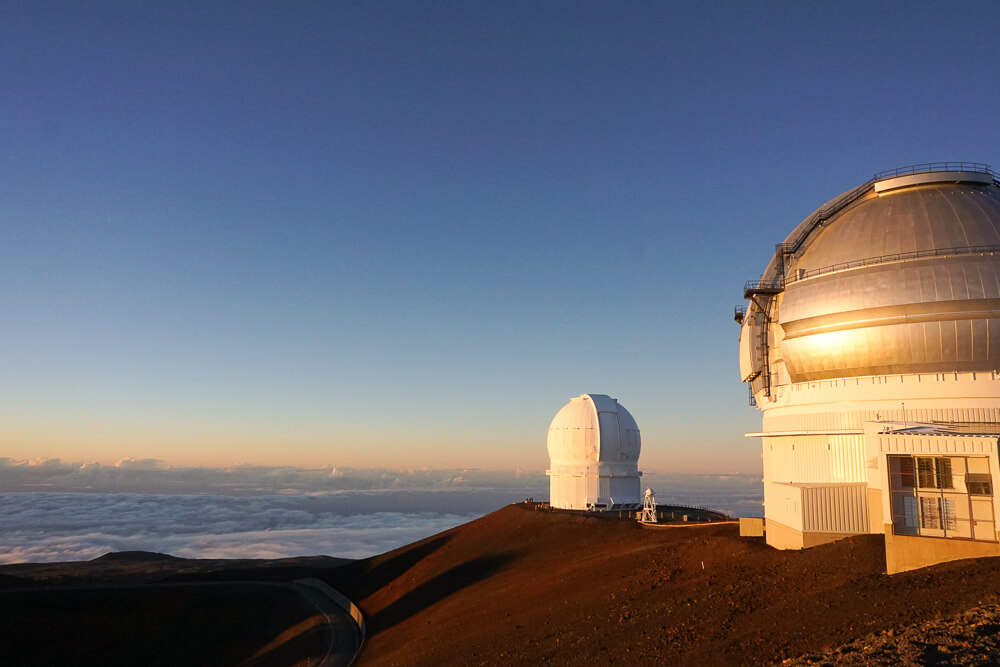
What to Know About the Mauna Kea Visitors Center
You should stop at the Mauna Kea Visitors Center before you ascend, ideally for about an hour. It is located at 9,200 ft / 2,800 m. The building has a small (underwhelming) gift shop and restrooms. There are also picnic tables outside the building, so you can bring dinner to eat.
Behind the building is also a gated area where you can see endemic (only found here) plants like the Mauna Kea silversword.
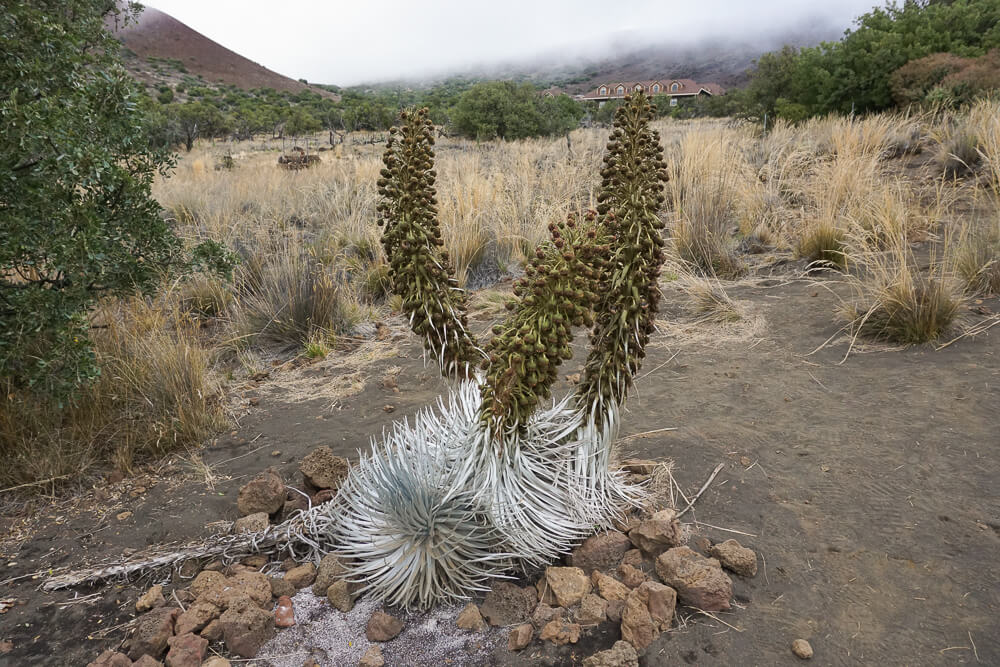


What to Wear and Bring
It’s cold at the summit! In the winter, it can get down to zero degrees Fahrenheit. The warmest recorded temperature is 75 degrees Fahrenheit. In September, it was about 37 degrees Fahrenheit. Dress accordingly! I recommend long pants and a few layers. A big jacket and gloves are recommended. Hiking boots are not necessary but you want comfortable walking shoes. The alternative to all the warm layers is doing a quick walk around and then watching the sunset from your car.
Also, bring a water bottle as being hydrated will help with altitude sickness. There is a refill fountain at the visitors center.
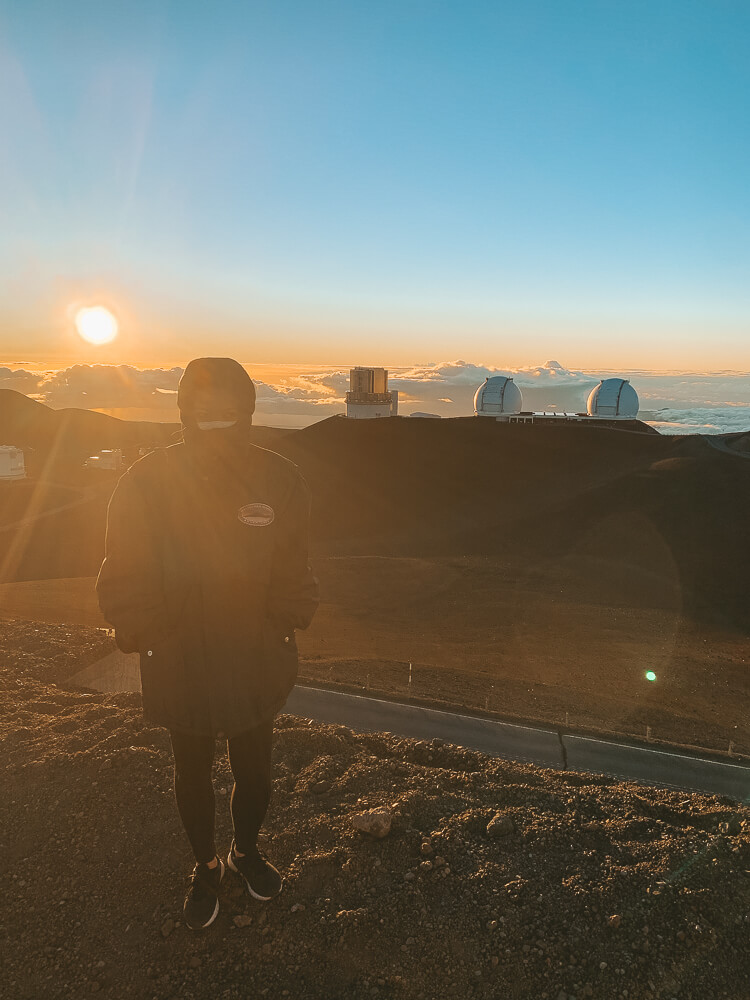
Our Tour Experience
We took a tour with Mauna Kea Summit Adventures. It seems pricey – $238.75 (plus about $25 in tax and fees) per person plus $5-10 for a tip – but I thought it was worth it. Our van had eight guests, and it typically holds up to 14 people. They picked us up in Kona at 3 p.m. and dropped us off around 10:15 p.m.
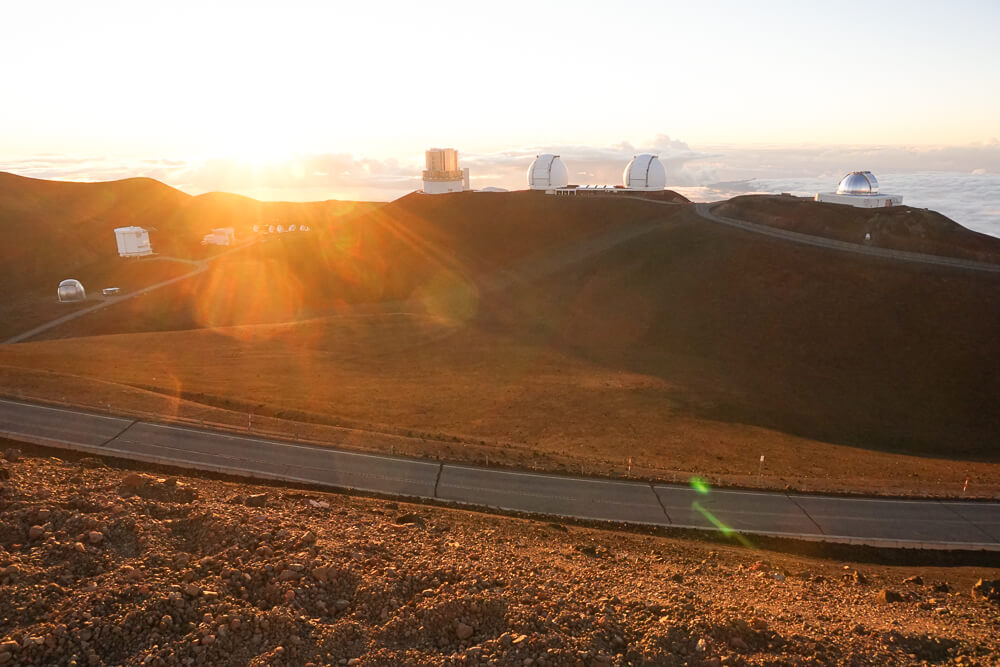
Here’s what I liked about our tour.
- Tour Guide – Our guide was incredibly knowledgeable about the island, astronomy, and geology. His passion for all of these subjects was very obvious and he shared plenty of commentary during our drive.
- Altitude – In case you do have issues with the altitude and oxygen deprivation, you have someone who can help and you are not driving yourself unless something happens.
- Safe Drive – Our guide has done this drive hundreds of times and he’s done it in a van. It’s a nerve-wracking drive but I felt safer with him driving.
- Parka and Gloves – We didn’t have to pack a big jacket (knowing they would provide) and we definitely needed it!
- Dinner – They provided a hot meal (a hearty lasagna) while we were acclimating at the visitors center.
- Snacks – As we were stargazing, we sipped hot cocoa, which was excellent since it was so cold!
- Telescope – This was the best part! Read the next section for details.
Another popular tour company is Hawaii Forest & Trail. They are similar in cost and schedule, and they also employ expert guides.

Stargazing at Mauna Kea
After the sunset, we went to another spot (lower in elevation) for about an hour to admire the stars and look through the telescope. This fancy telescope costs thousands of dollars, calibrates through GPS, and finds sights through coordinates.
Being in complete darkness and surrounded by a sky full of stars was otherworldly! We could clearly see the Milky Way, and with our tour guide calibrating the telescope, we were able to see planets and stars. My favorite sights were Saturn with its rings and Jupiter and four of its moons! It was unbelievable!
I highly recommend you remember to pack your tripod (unlike me) so that your night sky photos are better. 😀 But you can see how visible the Milky Way is in the picture!
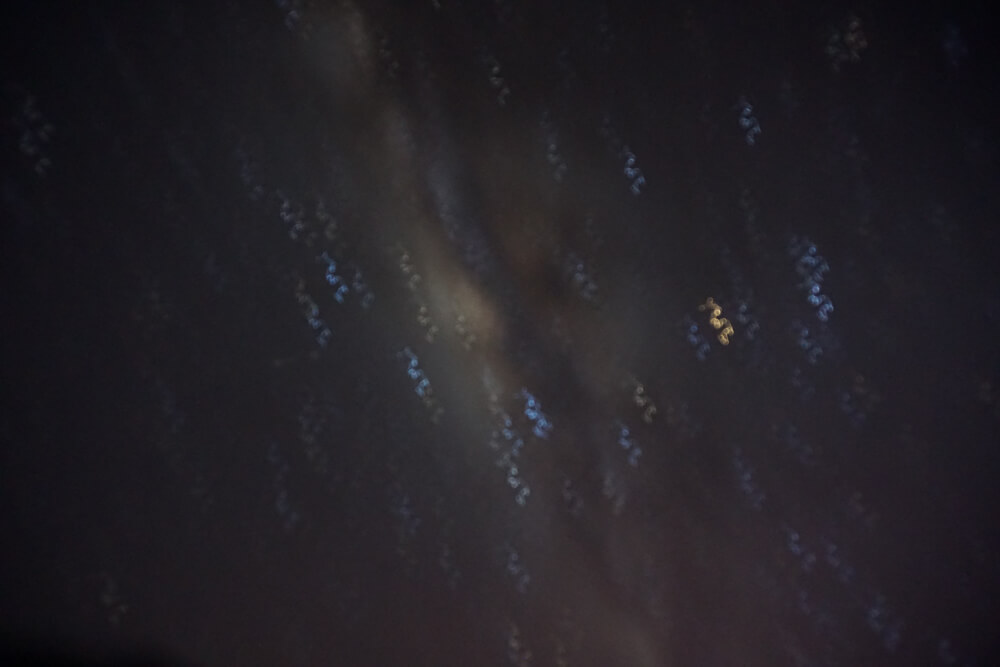
Conclusion
The Mauna Kea summit is something you have to experience for yourself. I thought seeing the starry sky in West Texas was an incredible experience but Mauna Kea was next level and felt more sacred to me. It was a highlight of our Hawaii trip!
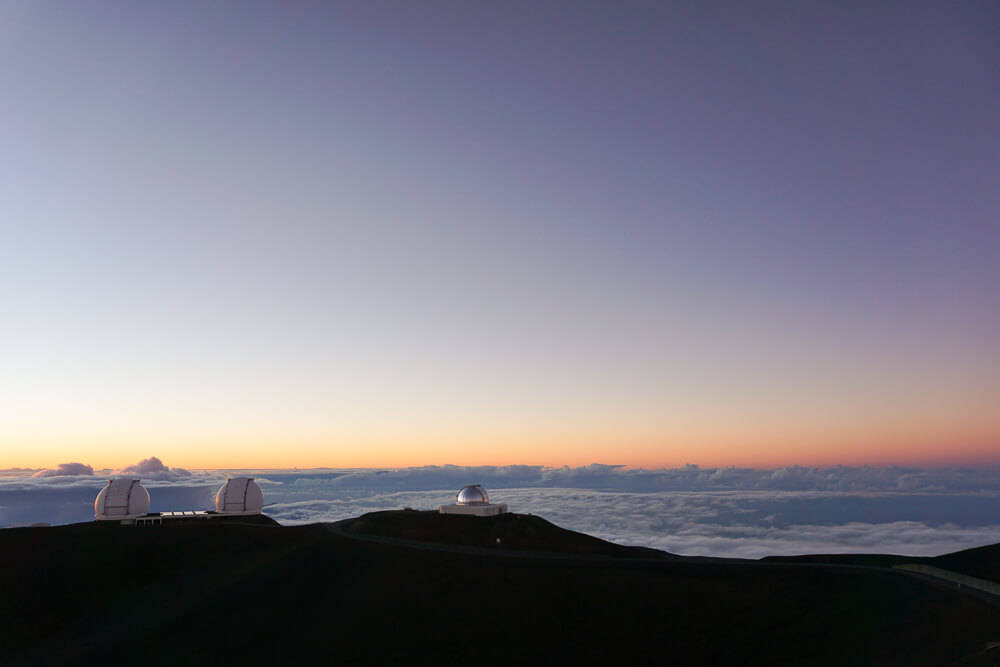
Where’s the coolest place you’ve seen the stars?
You can find me on Instagram, Facebook, Twitter, Pinterest, and Bloglovin’. You can also subscribe to the exclusive email list.
